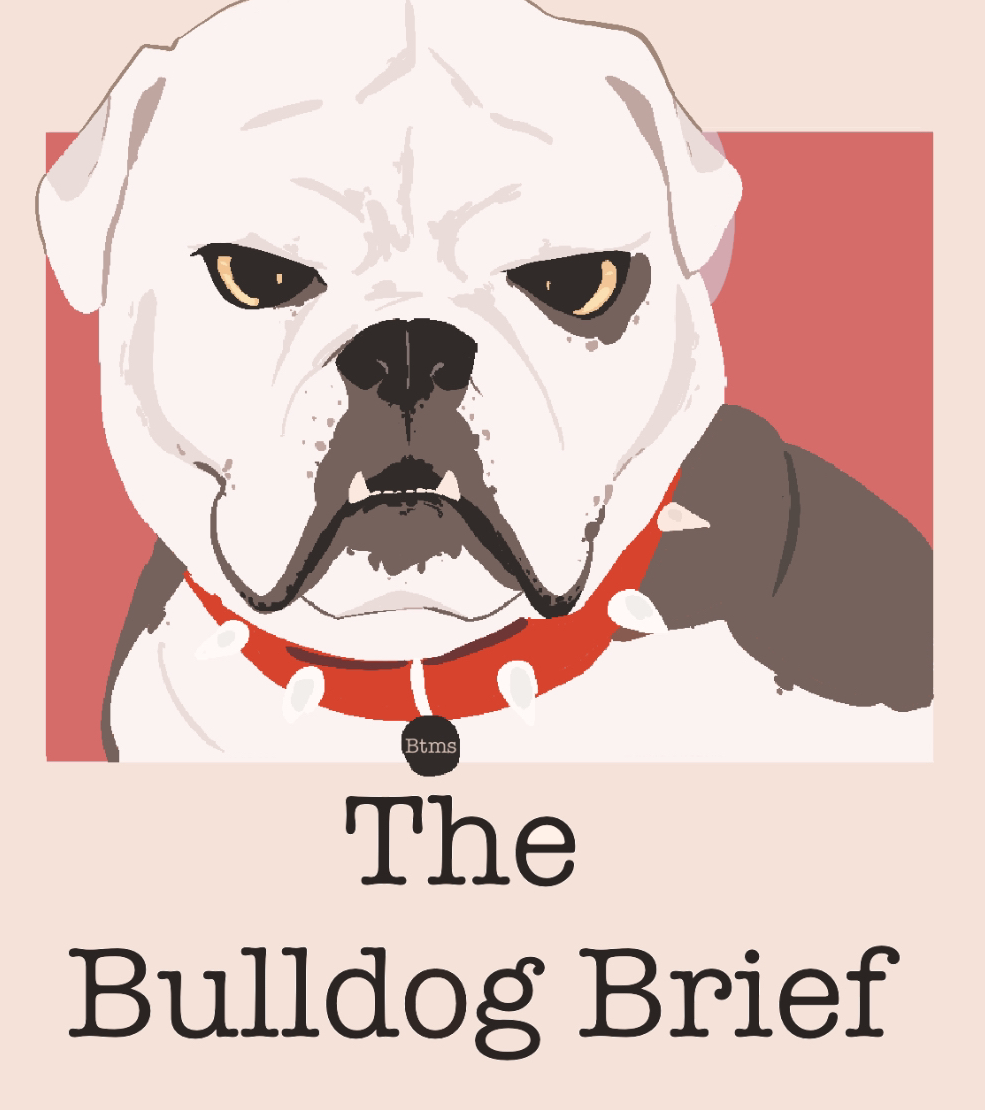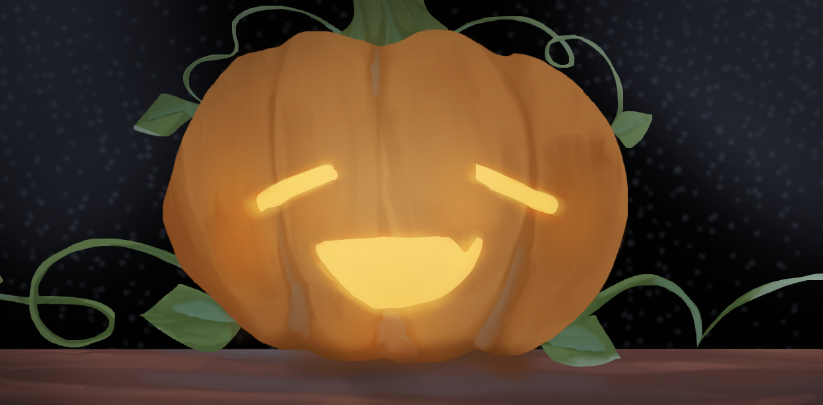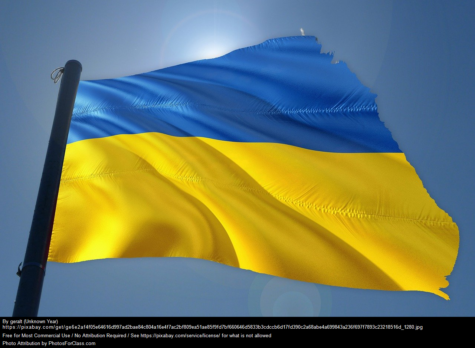The Origins of Halloween
Halloween, the holiday we all love due to the massive amount of candy we can consume, is right around the corner! But how did it start?
Halloween has been around since the ninth century and came from a pagan holiday called Samhain, which was celebrated in ancient England and Ireland. Samhain meant “end of harvest” in Gaelic, and was known as the festival of souls. Similar to the Mexican holiday Día de Los Muertos, people believed the souls of others who had died would return to visit their homes, and those who had died would journey to the afterlife. To avoid being recognized by souls returning to visit, people wore masks and costumes and set bonfires on hilltops to frighten away evil spirits. This is actually how dressing up as witches and various otherworldly creatures came to be associated with Halloween.
In the 7th Century, after the Romans conquered the Celts, Pope Gregory III moved All Saints’ Day to November 1st, the same day as Samhain. He probably did this to associate the pagan holiday with a Christian observance in order to spread Catholicism. The evening before All Saints’ Day was hallowed (which means holy), therefore Hallowed Eve. This name eventually became Halloween and is celebrated all over the world.
Some ancient traditions that occurred during Samhain now have modern versions. Take, for example, Soul Cakes. The tradition of Soul Cakes (which were given to the poor who begged for food) is similar to modern-day trick-or-treating. Dressing up as witches and ghosts also stemmed from the practice of dressing up as spirits to trick souls visiting from the underworld. Even bobbing for apples originated from a tradition of offering apples to gods.
Halloween has an interesting history not many people know about, but now you do! Please share your favorite Halloween tradition in the comments!
Special thanks to Madi for the art!

My name is Madi I have a crippling gambling addiction , I like anime , and I like to draw! My role in Journalism is art, and I hope to improve over the...

Hello!
My name is Hasset, and I enjoy road trips, and I love dogs! I am a Writer. I love reading and hope to finish over 60 books by the end of the...





